Discover how robots are transforming nursing homes, enhancing care, and supporting workers in an aging world.
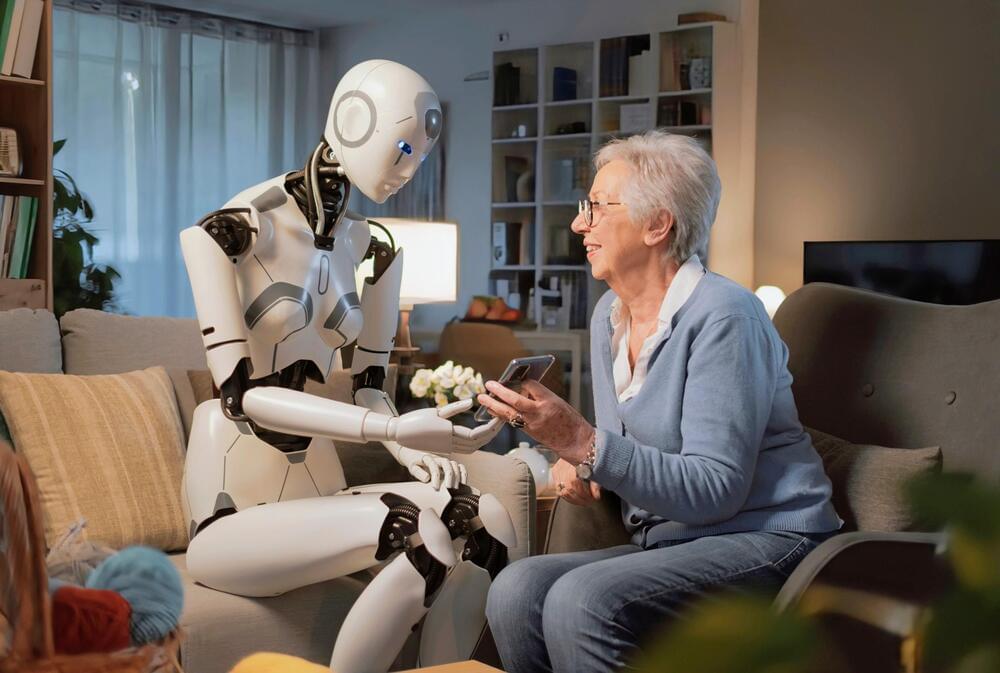

The early science fiction writers conceived ideas that to their contemporaries would have been impossible wells the world set free about nuclear war before world War one also wells the sleeper awakes where tv and television for media and recording predicted as well another writer wrote a book in the 19th century Paris in the 20th century.
Tracklist:
00:00 ППК — Воскрешение (Robot’s Outro)
01:41 Gummy Boy — Don’t Leave.
05:11 PRNRML — Загадка 1
06:57 Зодиак — Зодиак
12:16 Творожное озеро — Гроза (vwqp remix)
14:41 Dmitriy Ivankov — Phobos.
21:41 Наукоград — Время
25:55 Priroda — 8080
29:15 NTorchestra — Млечными путями в Прекрасное далеко
33:50 ППК — Воскрешение
Join me as I explore the most incredible innovations at CES 2025! As a Las Vegas local and tech enthusiast, I’ve found the coolest, most unexpected tech that’s shaping our future. From AI companions to flying cars, this year’s show was packed with amazing discoveries.
🎯 Featured in this video:
NVIDIA’s Groundbreaking AI Keynote.
Rokid AR Glasses with Real-Time Translation.
Holobox Mini Holographic Display.
Toshiba REGZA AI TV
Ropet AI Companion.
Code 27 Digital Character Display.
Sirius Dog.
Unitree Robotics.
Aotos Rideable Suitcase.
InMotion Electric Unicycle.
Xpeng Flying Car.
Waymo Zeekr RT Autonomous Vehicle.
🔥 Highlights:
Cutting-edge AI demonstrations.
Real-time language translation.
Next-gen holographic displays.
Advanced robotics.
Interactive AI companions.
Revolutionary personal transportation.
Smart home innovations.
And much more!
👋 Connect with me:
Instagram: @VegasNavigator.
Website: VegasNavigator.com.
#CES2025 #Technology #LasVegas #TechReview #Innovation #AI #FutureTech #VegasNavigator
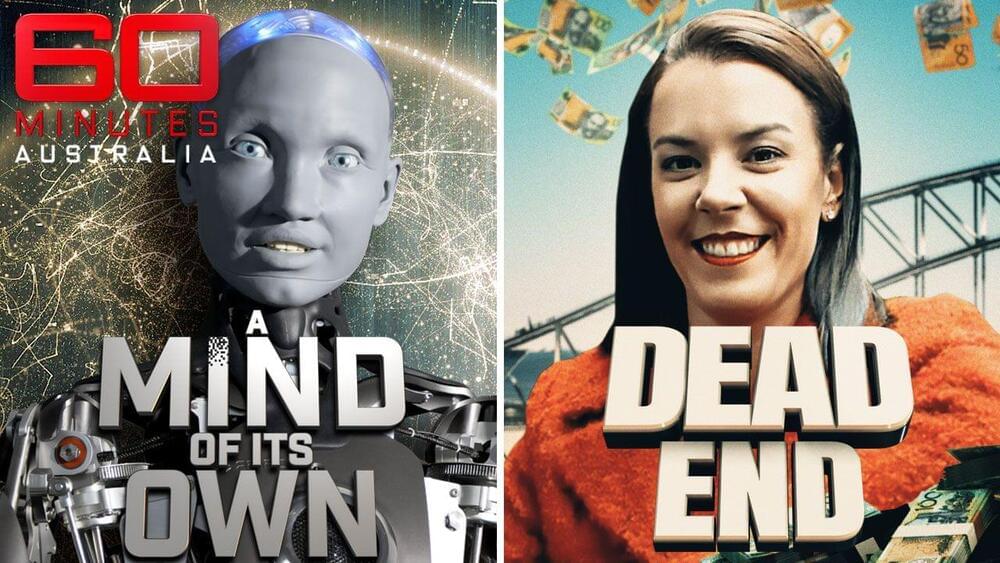

Today’s robots perform safety checks at industrial plants, conduct quality control in manufacturing, and are even starting to keep hospital patients company.
But soon — perhaps very soon — these increasingly humanlike machines will handle more sophisticated tasks, freeing up people while raising complex questions about the roles of artificial intelligence that are gaining attention.
At a panel hosted by the American Association of Retired Persons at this week’s Consumer Electronics Show (CES), experts described the next five years as a period where robots transition primarily from industrial sites to service settings, helping to address a worsening health care labor crunch.
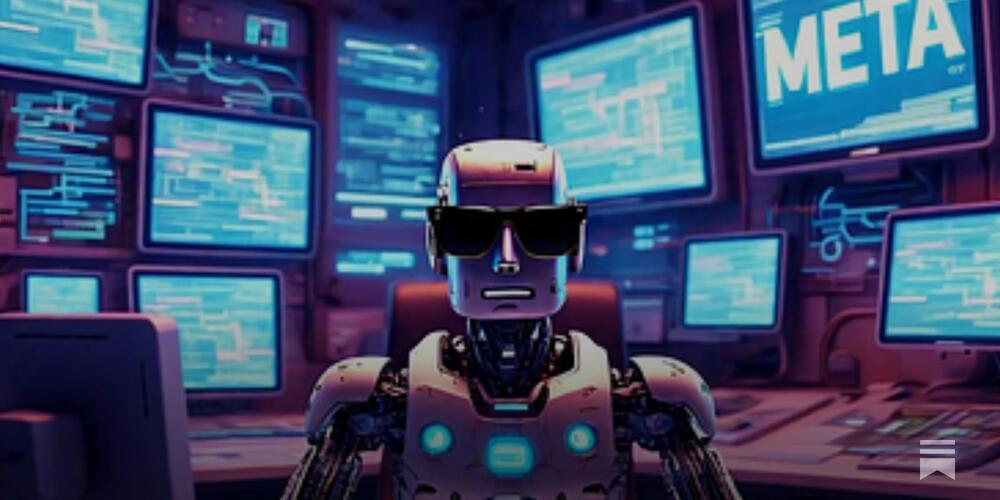
In today’s AI news, this year coding might go from one of the most sought-after skills on the job market to one that can be fully automated. Mark Zuckerberg said that Meta and some of the biggest companies in the tech industry are already working toward this on an episode of the Joe Rogan Experience on Friday.
In other advancements, NovaSky, a team of researchers based out of UC Berkeley’s Sky Computing Lab, released Sky-T1-32B-Preview, a reasoning model that’s competitive with an earlier version of OpenAI’s o1. “Remarkably, Sky-T1-32B-Preview was trained for less than $450,” the team wrote in a blog post, “demonstrating that it is possible to replicate high-level reasoning capabilities affordably and efficiently.”
And, no company has capitalized on the AI revolution more dramatically than Nvidia. The world’s leading high-performance GPU maker has used its ballooning fortunes to significantly increase investments in all sorts of startups but particularly in AI startups.
Meanwhile, Sir Keir Starmer has green-lit a plan to use the immigration system to recruit a new wave of AI experts and loosen up data mining regulations to help Britain lead the world in the new technology. The recruitment of thousands of new AI experts by the government and private sector is part of a 50-point plan to transform Britain with the new technology.
In videos, newly deployed at Lawrence Livermore National Laboratory, El Capitan — the National Nuclear Security Administration’s (NNSA) first exascale supercomputer, is setting new benchmarks in computing power. At 2.79 exaFLOPs of peak performance El Capitan’s unprecedented capabilities are already impacting scientific computing and making the previously unimaginable a reality.
Then, François Chollet discusses the outcomes of the ARC-AGI (Abstraction and Reasoning Corpus) Prize competition in 2024, where accuracy rose from 33% to 55.5% on a private evaluation set. They explore two core solution paradigms—program synthesis (induction) and direct prediction (“transduction”)—and how successful solutions combine both.
And, in this entertaining and important talk, AI ethicist Nadia Lee shares the perils, pitfalls and opportunities that swirl around our emerging AI reality. Nadia Lee is an ethical AI advocate and the founder of ThatsMyFace, an AI company which detects key assets and people in malicious content for businesses.
Romanian startup.lumen is transforming mobility for the visually impaired with innovative glasses that combine self-driving technology and haptic guidance to replicate the essential functions of a guide dog.
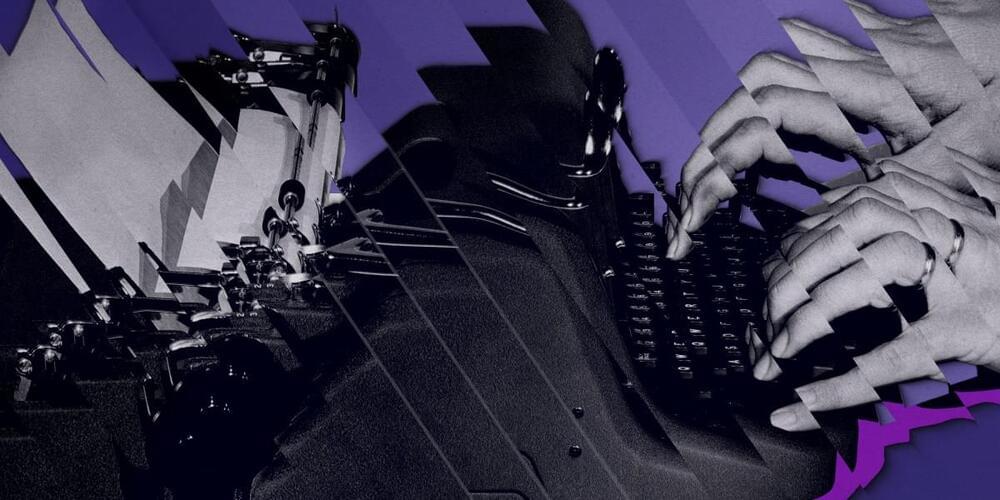
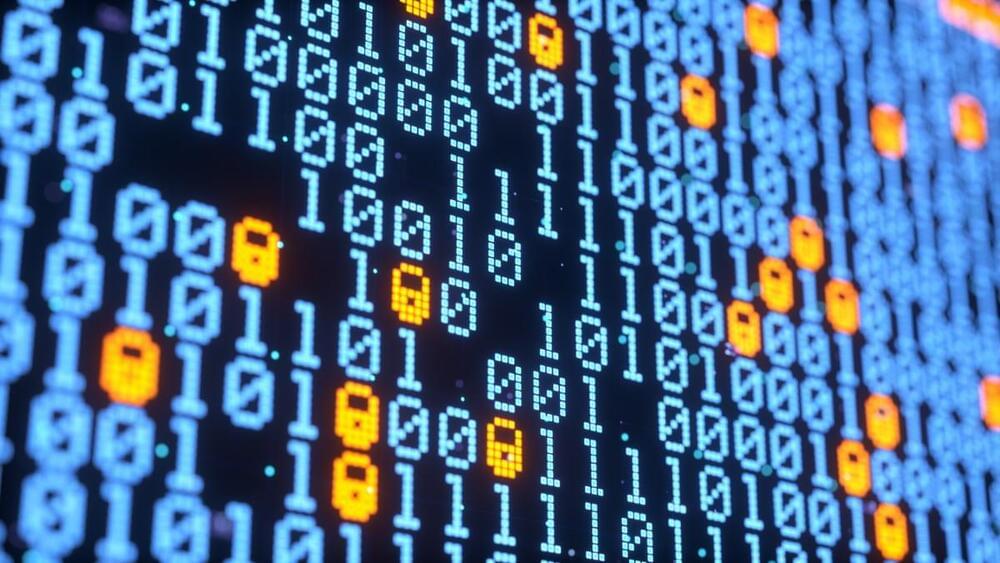
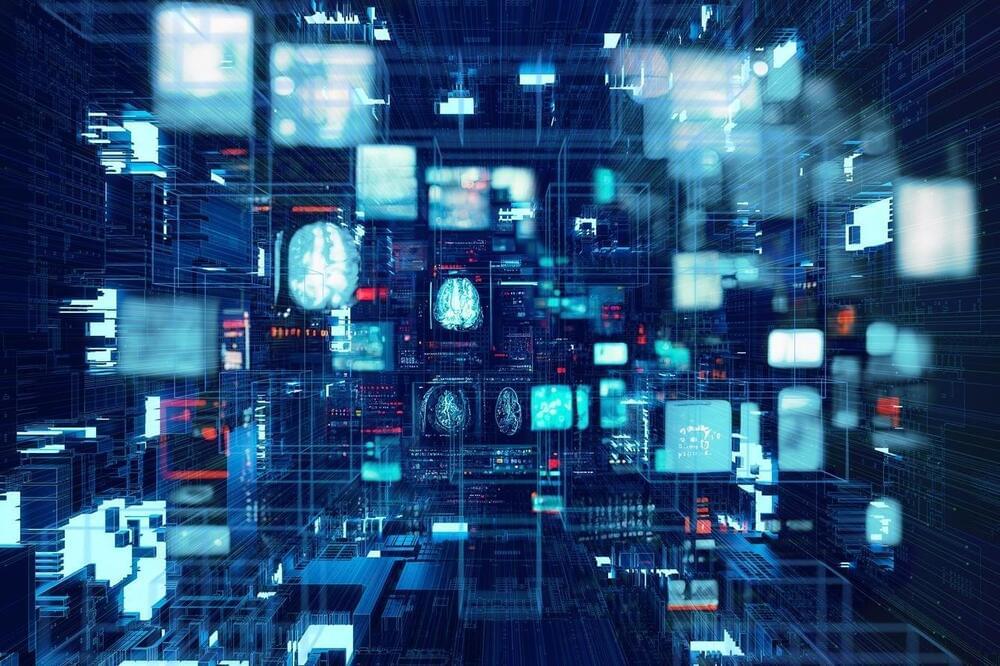
The rapid evolution of artificial intelligence is transforming cybersecurity, offering unprecedented opportunities to defend against increasingly complex and automated threats. AI is no longer a support tool—it’s emerging as a central pillar of modern security strategies. From detecting anomalies and automating threat responses to augmenting security teams, AI is enabling defenders to act faster, scale their operations, and outpace attackers. However, as the technology advances, significant challenges remain, from adversarial AI to the cultural inertia of legacy systems.
Tomer Weingarten, CEO of SentinelOne, and Richard Stiennon, research analyst with IT-Harvest and author of Security Yearbook 2024, both highlight the potential—and limitations—of AI in cybersecurity. “It’s very early days for AI in security,” says Stiennon. “I have found 84 startups with various AI agents or which hope to deploy guardrails to protect companies from mishandling of data by users of AI. It’s way too early to say that any of them are having an impact on the ecosystem. That said, the future is clear. AI will be part of every cyber defense position.”
Weingarten echoes this sentiment, noting that AI’s role is rapidly expanding but far from mature. “AI is no longer just about supporting cybersecurity—it’s fundamentally changing how we secure systems, anticipate threats, and automate responses,” he explains.